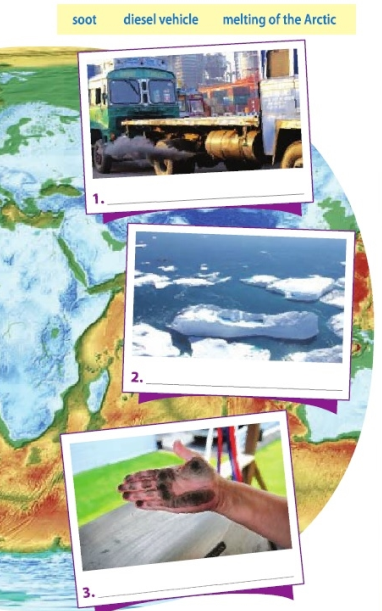Question
Tự luận
3. (Trang 34 - Tiếng anh 12): Work in pairs. Complete each of the following sentences with no more than five words.
(Làm việc theo cặp. Hoàn thành mỗi câu sau đây với không nhiều hơn năm từ.)
1. We know about carbon dioxide and its impact on global warming, but we __________.
2. Soot comes from the burning of coal, __________.
3. Black carbon is the __________after carbon dioxide.
4. Soot particles can be easily breathed in because they are __________.
5. People can reduce black carbon emissions at home by using __________for cooking and heating.
Bài làm:
Read more: Unit 3 lớp 12: Reading trang 34,35
Verified Answer
Đáp án:
1. We know about carbon dioxide and its impact on global warming, but we know little about soot./don't know much about soot.
(Chúng tôi biết về carbon dioxide và tác động của nó đối với việc nóng lên toàn cầu, nhưng chúng ta biết rất ít về bụi than / không biết nhiều về bồ hóng.)
2. Soot comes from the burning of coal, oil, wood, and other fuels.
(Bồ hóng đến từ việc đốt than, dầu, gỗ, và các nhiên liệu khác.)
3. Black carbon is the second most damaging greenhouse gas after carbon dioxide.
(Cacbon đen là khí nhà kính gây tổn hại thứ hai sau CO2.)
4. Soot particles can be easily breathed in because they are smaller than dust and mould/very tiny.
(Bồ hóng có thể dễ dàng hít vào người bởi vì chúng nhỏ hơn bụi và nấm mốc / rất nhỏ.)
5. People can reduce black carbon emissions at home by using clean, alternative fuel stoves for cooking and heating.
(Mọi người có thể làm giảm lượng khí thải carbon đen ở nhà bằng cách sử dụng bếp nhiên liệu sạch thay thế để nấu ăn và sưởi ấm.)
